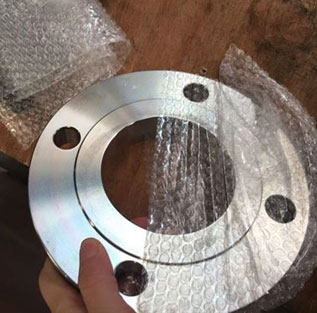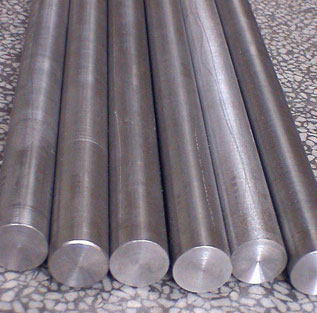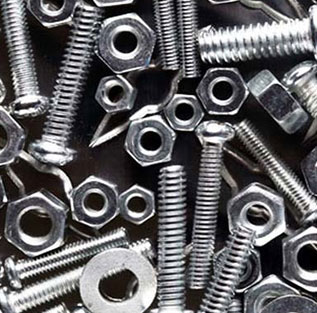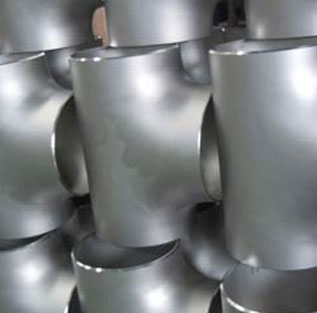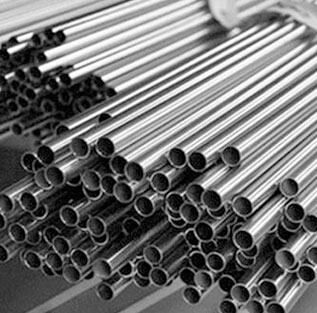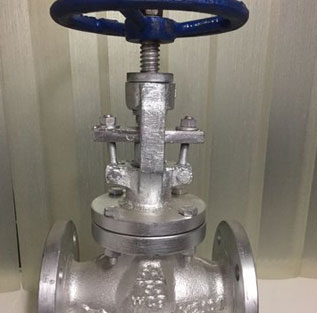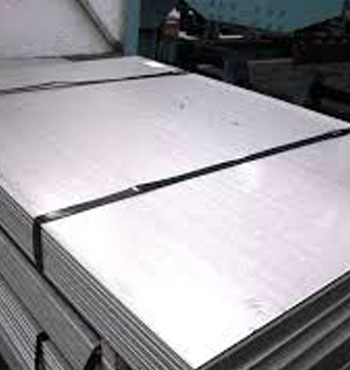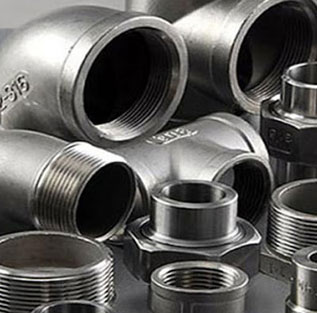Stainless Steel Price, Stainless steel material suppliers
What Is Stainless Steel?
Stainless steel is an alloy of Iron with a minimum of 10.5% Chromium. Chromium produces a thin layer of oxide on the surface of the steel known as the 'passive layer'. This prevents any further corrosion of the surface. Increasing the amount of Chromium gives an increased resistance to corrosion.
SS Material also contains varying amounts of Carbon, Silicon and Manganese. Other elements such as Nickel and Molybdenum may be added to impart other useful properties such as enhanced formability and increased corrosion resistance.
Martensitics Stainless steel products List and Check Jindal Stainless Steel price per kg
Table of Content
- Stainless Steel Products
- Martensitic Stainless Steel Specification
- SS Physical Requirements
- Ferritic Stainless Steel Properties
- Is stainless steel non-magnetic?
- Stainless Steel Composition
- SS Equivalent Grades
- SS Features
- Stainless Steel Standards
- Austenitic SS Applications
- Stainless Steel Price
- SS Material Grade Chart
Stainless Steel Products
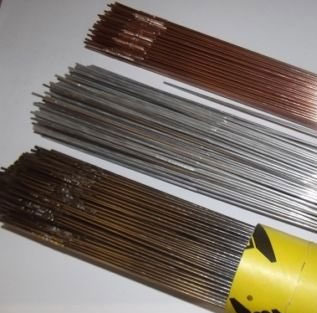
Stainless Steel Welding Electrode & Filler Wire
- Stainless Steel Welding Electrode
- Stainless Steel E307-16 Welding Electrode
- Stainless Steel E308 Welding Electrode
- Stainless Steel E309MOL-16 Welding Electrode
- Stainless Steel E309CB Welding Electrode
- Stainless Steel E310MO-16 Welding Electrode
- Stainless Steel E312-16 Welding Electrode
- Stainless Steel E318-16 Welding Electrode
- Stainless Steel E347-16 Welding Electrode
- Stainless Steel E410-16 Welding Rod
- Stainless Steel ER307 / Si Filler Wire
- Stainless Steel ER308/308H Filler Wire
- Stainless Steel ER-308L Filler Wires
- Stainless Steel ER308LSi Welding Wire
- Stainless Steel ER-309L Filler Wires
- Stainless Steel ER-310 Filler Wires
- Stainless Steel ER-316L Filler Wires
- Stainless Steel ER-318 Filler Wires
- Stainless Steel ER-320/ER-320LR Filler Wire
- Stainless Steel ER-383 Filler Wire
- Stainless Steel ER 385 Filler Wire
- Stainless Steel ER 410 Filler Wire
- Stainless Steel ER-430 Filler Wire
Martensitic Stainless Steel Specification
| Material | AISI 316 L 1.4404 | AISI 304 1.4301 |
|---|---|---|
| Analysis | ||
| Carbon (C %) | Max. 0.03 | Max. 0.07 |
| Chromium (Cr %) | 16.5 - 18.5 | 17.0 - 19.0 |
| Nickel (Ni %) | 11.0 - 14.0 | 8.5 - 10.5 |
| Molybdenum (Mo %) | 2.0 - 2.5 | - |
| Manganese (Mn %) | Max. 2.0 | Max. 2.0 |
| Silicium (Si %) | Max. 1.0 | Max. 1.0 |
| Sulphur (S %) | Max. 0.030 | Max. 0.030 |
SS Physical Requirements
| Structure | Austenitic (nonmagnetic) | Austenitic (nonmagnetic) |
|---|---|---|
| State | Non-annealed | |
| Specific gravity (g/cm3) | 7.98 | 7.9 |
| Melting point (°C) | Ca. 1400 | Ca. 1400 |
| Decortication temperature in air (°C) | 800 - 860 | 800 - 860 |
| Expansion coefficient 20 - 100 °C (m/m . °C) | 16.5 x 10-6 | 16.5 x 10-6 |
| Specific resistance (20° C) (Ohm . mm2/m) | 0.75 | 0.73 |
| Heat conductivity (20°C) (W/°C-m) | 15 | 15 |
| Specific heat (J/g . k) | 0.5 | 0.5 |
Ferritic Stainless Steel Properties
| Ultimate tensile strength (Rm) (N/mm2) | 490 - 690 | 500 - 700 |
| Yield point (Rpo2) (N/mm2) | 190 | 195 |
| Modulus of elasticity (E) (20° C) (N/mm2) | 2.0 x 105 | 2.0 x 105 |
| Hardness Brinell (HB) (N/mm2) | 120 - 180 | 130 - 180 |
Is stainless steel non-magnetic?
Ferromagnetic alloys, when heated to a high temperature then it looses their ferromagnetism and become paramagnetic, they do not retain their own magnetic field but continue to be attracted to external ones. Austenitic SS have a high amount of austenite which makes them mostly non-magnetic
Check Austenitic SS Material Composition, Ferritics Stainless steel Stockists and View SS Density
Stainless Steel Composition
| Material | Grades Supplied | Description | Main features | Advantages | Disadvantages |
|---|---|---|---|---|---|
| Austenitic Steels with Manganese | 201 | Austenitic SS are divided in the 200 and 300 series, with 16% to 30% chromium and 2% to 20% nickel for enhanced formability, surface quality, increased corrosion, formability and wear resistance. Austenitic SS are used for domestic, transport, industrial, and architectural products based primarily on their corrosion resistance |
|
|
|
| Austenitics | 301, 304L, 304, 305, 320, 321, 347, | ||||
| Austenitic Steels with Molybdenum | 316, 316L, 316Ti, 904L | ||||
| Ferritics | 409, 410S, 430, 430L, 430Ti (439), 441, 444 | Ferritic steels is a grade of SS alloy that contains over 12% chromium. It is defined as a straight chromium non-hardenable class of SS alloys that have chromium contents range from 10.5% to 30% and a carbon content of less than 0.20%. |
|
|
|
| Martensitics | 410, 420, 431 | Martensitic ss are characterized by high hardness and strength in the heat treated condition. We offer a range of martensitic SS alloys which contain 11 – 17% chromium with 0.15 – 0.63% carbon. Martensitic Stainless Steels grades are magnetic in both the annealed and hardened (heat treated) condition. Application Used for cookwear, cutlery, springs, scissors, industrial blades, surgical and dental instruments, screwdrivers, vehicle stampings, pliers |
|
|
|
| Precipitation hardening | 17/4PH, 17/7PH | Precipitation Hardening (PH) SS are classified as martensitic or semi-austenitic.Semi-austenitic grades are 17-7 PH® and PH 15-7 Mo® and Martensitic grades include 17-4 PH® and 15-5 PH®.it makes use of solid impurities or precipitates for the strengthening process. |
|
|
|
| Duplex | 309, 310 | Duplex ss contain a mixture of ferrite and austenite in their structure, and exhibit characteristics of both phases with higher ductility and strength.Type 2205 duplex ss is a grade that offers very good pitting and uniform corrosion resistance, high resistance and high strength to stress corrosion cracking. |
|
|
|
| * cold working of the less alloyed grades will induce structural changes leading to increased levels of magnetism. **Super Austenitics, Super Ferritic and Super Duplexes are available by request |
|||||
SS Equivalent Grades
| Grade | UNS No | BS | Euronorm No. |
| SS 301 | S30100 | 301S21 | 1.4310 |
| SS 302 | S30200 | 302S25 | 1.4319 |
| SS 303 | S30300 | 303S31 | 1.4305 |
| SS 304 | S30400 | 304S31 | 1.4301 |
| SS 304L | S30403 | 304S11 | 1.4306 |
| ss 304H | S30409 | - | 1.4948 |
| SS (302HQ) | S30430 | 394S17 | 1.4567 |
| SS 305 | S30500 | 305S19 | 1.4303 |
| SS 309S | S30908 | 309S24 | 1.4833 |
| SS 310 | S31000 | 310S24 | 1.4840 |
| SS 310S | S31008 | 310S16 | 1.4845 |
| SS 314 | S31400 | 314S25 | 1.4841 |
| SS 316 | S31600 | 316S31 | 1.4401 |
| SS 316L | S31603 | 316S11 | 1.4404 |
| SS 316H | S31609 | 316S51 | - |
| SS 316Ti | S31635 | 320S31 | 1.4571 |
| SS 321 | S32100 | 321S31 | 1.4541 |
| SS 347 | S34700 | 347S31 | 1.4550 |
| SS 403 | S40300 | 403S17 | 1.4000 |
| SS 405 | S40500 | 405S17 | 1.4002 |
| SS 409 | S40900 | 409S19 | 1.4512 |
| SS 410 | S41000 | 410S21 | 1.4006 |
| SS 416 | S41600 | 416S21 | 1.4005 |
| SS 420 | S42000 | 420S37 | 1.4021 |
| SS 430 | S43000 | 430S17 | 1.4016 |
| SS 440C | S44004 | - | 1.4125 |
| SS 444 | S44400 | - | 1.4521 |
| SS 630 | S17400 | - | 1.4542 |
| SS (904L) | N08904 | 904S13 | 1.4539 |
| SS (253MA) | S30815 | - | 1.4835 |
| (2205) | S31803 | 318S13 | 1.4462 |
| (3CR12) | S41003 | - | 1.4003 |
| (4565S) | S34565 | - | 1.4565 |
| (Zeron100) | S32760 | - | 1.4501 |
| (UR52N+) | S32520 | - | 1.4507 |
SS Features
- Excellent corrosion resistance
- Non-magnetic when annealed
- Rapidly work harden with cold work
- Not hardenable by heat treatment
- Ductile and readily formable
- Excellent weldability
- Hygienic with excellent cleanability
- Good performance at high temperatures
- Excellent performance at low temperatures
Stainless Steel Standards
European standards for stainless steel are:
| Standard Number | Title |
| EN 10088-1 | List of stainless steels |
| EN 10088-2 | Technical delivery conditions for sheet/plate and strip for corrosion resisting steels for general purposes |
| EN 10088-3 | Technical delivery conditions for semi-finished products, bars, rods, wire, sections and bright products for corrosion resisting steels for general purposes |
| EN 10095 | Heat resisting steels and nickel alloys |
| EN 10028-7 | Flat products made of steels for pressure purposes – Stainless steels |
| EN 10296-2 | Welded circular steels tubes for mechanical and general engineering purposes – Technical delivery conditions – Stainless steel |
| EN 10297-2 | Seamless circular steels tubes for mechanical and general engineering purposes – Technical delivery conditions – Stainless steels |
| EN 10216-5 | Seamless steels tubes for pressure purposes – Technical delivery conditions – SS tubes |
| EN 10217-7 | Welded steel tubes for pressure purposes – Technical delivery conditions – SS tubes |
US standards
| Standard Number | Title |
| ASTM A240 | Chromium and chromium-nickel SS plate, sheet and strip for pressure vessels |
| ASTM A276 | Standard Specification for SS Bars and Shapes |
| ASTM A312 | Standard Specification for Seamless and Welded Austenitic SS Pipes |
Austenitic SS Applications
- Food and catering
- Chemicals and pharmaceuticals
- Medical equipment manufacturing
- Architecture and construction
- Home appliances
- Offshore and shipbuilding
- Automotive manufacturing
- Energy and industry
Are you looking for Stainless Steel Price, Find here
Stainless Steel Price
| Stainless Steel Price per kg | Price in USD (per kg) |
|---|---|
| Stainless Steel Material Price per kg | $2.85 |
| SS Price per kg | $3.65 |
| SS Material Price per kg | $5 |
Check SS Material Grade Chart, Stainless Steel Types and SS Material Rate Per Kg
SS Material Grade Chart
- SS 201
- SS 304
- SS 304L
- SS 304H
- SS 305
- SS 310/S
- SS 310H
- SS 316
- SS 316L
- SS 316Ti
- SS 317/L
- SS 347
- SS 347H
- SS 410
- SS 446

